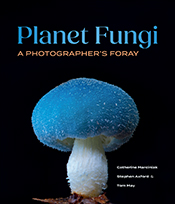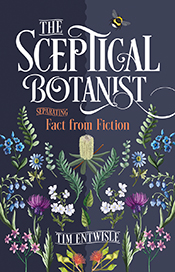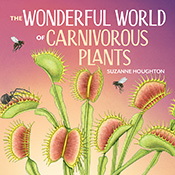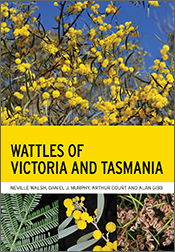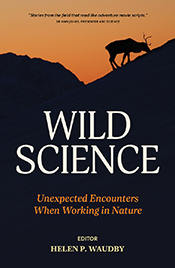Nature and Farming
Sustaining Native Biodiversity in Agricultural Landscapes
By: David Norton FLS, Nick ReidOutlines the key issues in developing and implementing practical approaches to safeguarding native biodiversity in rural areas.
Conserving and enhancing native biodiversity on farms brings many benefits as well as providing many challenges. Nature and Farming explains why it is important to sustain native plants and animals in agricultural landscapes, and outlines the key issues in developing and implementing practical approaches to safeguarding native biodiversity in rural areas. + Full description
The book considers the range of ecological and agricultural issues that determine what native biodiversity occurs in farmland and how it can be secured. Many inspiring case studies are presented where innovative approaches towards integrating biodiversity and farm management have been successful, resulting in win–win outcomes for both nature and society. In the integration and synthesis of these case studies lies the kernel of a new paradigm for nature conservation on farms. Although the book focuses on biodiversity conservation on Australian and New Zealand farms, the issues and approaches discussed are applicable to many other developed countries, especially in Europe and North America.
- Short descriptionNews
This title is no longer available in print, but can still be purchased as an eBook.
Reviews
"A serious book, full of good things. Land managers and landcare groups will enjoy the theory, farmers will be fascinated by the case studies."
Nick Goldie, Summit Sun, pp.8, May 2013
"This book is genuinely accessible to students, farmers, ecologists and the lay reader. Cleverly, and unusually for a textbook, there is almost a complete lack of graphs, histograms and tables of information; the text is conversational but not unnecessarily wordy. Each chapter section is bite sized, with an excellent selection of photographs... The book is based on a large number of case studies... The authors also draw on a wealth of information from scientific literature, reports, interviews and practical experience.... This book is essential reading for students and practitioners of agriculture and ecology, but will also grace the coffee table and provide interest for the general reader."
N Dickinson, New Zealand Journal of Agricultural Research, Vol 56(3), 2013
"Chapter 14, 'A way forward', should be required reading for all with an interest in this topic -- it is so good that it alone is worth the price of the book"
Peter Holland, Geographical Research, 2014
"The authors have presented material that is accessible to a broad range of readers, whether they page through the book and find pieces that are relevant to their circumstances or read it from cover to cover"
Brigid Letty, African Journal of Range and Forage Science, pp. 169-170, 2013
"This book is a welcome read for teachers and farmers who want to celebrate the farm as an ecosystem, implicitly tasking them with the responsibility to carefully manage it as one."
Andrew Flachs, Economic Botany, Vol 69(4), 2015, pp. 378-379
Details
ePDF | April 2013ISBN: 9780643106598
Publisher: CSIRO Publishing
Available from eRetailers
ePUB | April 2013
ISBN: 9780643106604
Publisher: CSIRO Publishing
Available from eRetailers
Features
- Explains why the issue of native biodiversity decline in agricultural landscapes is of such importance
- Describes in plain English the theory of biodiversity in farmscapes
- Presents inspiring examples of native biodiversity conservation in Australian and New Zealand rural landscapes, demonstrating that the variety of successful approaches are as diverse as the biota they conserve
- Practitioners (farmers, on-ground conservationists) and policy makers will gain a wealth of ideas from the case studies, as well as inspiration
- Key advice for the rural community, conservationists, decision makers and society generally about moving forward in terms of sustaining native biodiversity and securing its conservation in farming regions
Contents
ForewordAcknowledgements
1 Why this book?
2 What biodiversity occurs in agricultural landscapes?
3 Accidents of history, farming and the impact on biodiversity
4 Implications of fragmentation for native biodiversity
5 Native biodiversity in the matrix – the flipside
6 Ultimate drivers of biodiversity change in agricultural systems
7 Introduction to case studies
8 Programs and approaches for biodiversity conservation
9 Approaches to managing biodiversity on the ground
10 Property case studies
11 Opportunities and constraints
12 Facilitating biodiversity conservation
13 Management planning and goal setting
14 A way forward
Endnotes
List of scientific names of plants and animals
Index
View the full table of contents.



